What Is a Data Lake, and Who Needs It?
Data is a precious commodity, but only if you know how to use it. A data lake is one way to store large quantities of data that can be too expensive or inconvenient to keep anywhere else. But what is a data lake, and who needs it? In this comprehensive guide, we’ll introduce data lakes, cover some critical use cases and benefits, and describe the challenges you’ll likely face and how to overcome them.
What is a data lake?
Data lakes can store a combination of unstructured, semi-structured, and structured data; This allows you to collect raw unprocessed data and data sets that have already been analyzed or categorized. This data is stored in a centralized location where it can be easily accessed by your data analysis applications, data scientists, and machine learning programs.
Traditional data lakes typically use Hadoop file systems to store and process data in a cluster of distributed computing nodes. However, newer cloud-based systems like Nodegrid Data Lake are built on cloud object storage services instead of Hadoop. Cloud-based data lakes provide the same benefits and functionality as traditional systems, but with easier cloud integrations and greater scalability and availability.
Why your business needs a data lake
Data is one of your most valuable assets. Data lakes empower you to harness your data and put it to work for your enterprise. For instance, a data lake can help your business:

Data lake use cases and benefits
One of the best things about a data lake is that you can still benefit from one even if you don’t have a clearly-defined use case yet. You may have a lot of devices and sensors capable of collecting data, but you haven’t determined how you want to categorize, structure, or analyze that data yet. Collecting it now means you’ll have historical data to use when your analysis systems are in place, so you don’t want to miss out on it. However, storing it on a regular file server or database—or even in a data warehouse—would be unfeasible because of both the sheer volume of data and because you’d need to structure and organize it first.

With a data lake, you can capture all that data and store it in a flat architecture for later use by whatever analysis, machine learning, or big data processing applications you want to implement. Data lake storage is cheaper per byte than data warehouses, so you can consume as much data as you need to without worrying about soaring costs. And, since you can keep data in its raw, unstructured format, you have the freedom to work with any analytics, machine learning, or data discovery vendors you want without worrying about compatibility issues.
Essentially, a data lake lets you start collecting all your valuable data even if you don’t have a fully developed plan for how you’re going to use it. However, data lakes are also beneficial if you already have a use case for data collection and analysis.
Migrating legacy systems to the cloud
There are many benefits to migrating your legacy systems and services to the cloud, but you’re also likely to hit some roadblocks. One issue your enterprise may face is dealing with the vast amount of old data that hasn’t been organized or handled in years. You don’t want to delay your migration by taking the time to sort through all the data to find the important stuff, but you also don’t want to accidentally delete anything critical. You also can’t just leave that data sitting on a legacy server for no purpose without wasting valuable resources. This can be incredibly daunting if you’re in an industry with strict data retention regulations like finance or healthcare.
A data lake solves this problem by giving you an affordable, centralized repository to house all your legacy data. You can migrate your critical data and resources to the cloud, and then move the rest to a data lake. Then, when you’re ready, you can connect a data discovery and analysis tool to help you sort, classify, and use that old data as needed.
For example, imagine a law firm wants to migrate its legacy exchange email server to Office 365. It would be too expensive to store 20 years of old emails and attachments in their cloud email service, but they also can’t just delete them all because of the state bar association’s data retention rules. So, they purchase an affordable cloud solution like Nodegrid Data Lake to house anything more than a year old. Then, when they’re ready, they can implement a cloud-based data discovery tool that integrates with both their data lake and their Office 365 email so they can easily retrieve data about clients or cases no matter where it’s stored.
Nodegrid SR
One of the most popular use cases for a data lake is the storage of IoT (internet of things) data for later analysis. Your IoT devices collect a colossal amount of data, and you likely filter out most of it because you simply cannot store and process it all. That data may not be critical to your business operations, but by ignoring it you could be missing out on major issues—or key opportunities.
For example, the oil and gas industry was one of the early adopters of IoT technology. Since many offshore oil and gas production occurs in fairly dangerous and extreme environments, companies struggled to safely monitor their critical equipment and track important production metrics.
IoT sensors connected to LTE or satellite internet have enabled oil and gas companies to monitor and collect data from off-shore equipment without putting human beings in harm’s way. Then, with the help of a data lake, they can store and analyze that data in near-real-time. For example, IoT acoustic sensors can continuously monitor oil or gas flow rates within the interior of pipelines, and feed that information to a data lake where it can be analyzed to look for problems or areas for optimization.
Using IoT (internet of things) devices with a data lake allows oil and gas companies to spot problems that may otherwise go unnoticed, so they can proactively fix or replace key machinery and prevent the issue from growing larger in the future. In addition, they can analyze their historical data to look for opportunities to explore additional drilling sites, lower their operating expenses, stay ahead of regulatory requirements, and more.
Data lake challenges and how to overcome them

Nodegrid data lake
Nodegrid Data Lake is a fully-featured and entirely cloud-based solution to help you store, manage, and analyze your data. Nodegrid doesn’t just house your data, but it also provides visualizations on six critical data points, including:
| Infrastructure | Environmental Factors |
| Power, cooling, relay, and dry contact sensors | Temperature, humidity, and airflow sensors |
| Application Logs | Networking |
| User experience data from Office 365, Zoom, point of sale, and other apps | Data traffic, application profiling, and antenna/tower traffic |
| Security | System |
| System logs, data logs, GPS data | Disk usage, processes, and memory |
| Plus: Previously hidden server and switch logs from IPMI and RS232 serial consoles | |
Nodegrid’s intuitive, cloud-based interface helps you avoid data swamps with built-in searches, query builders, and data visualizations. Using cloud authentication and the Zero Trust Security Framework means you can access your data lake from anywhere in the world while keeping it secure. Nodegrid Data Lake’s powerful features and functionality ensure you have one single source of truth for all your valuable data.
Plus, Nodegrid is available as a complete solution that includes:
What is a data lake, and how can it benefit your business? Activate your free 90-day trial of Nodegrid Data Lake to find out!
